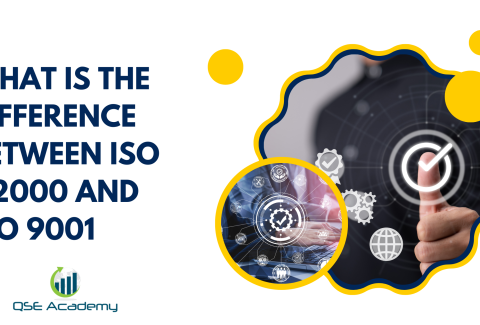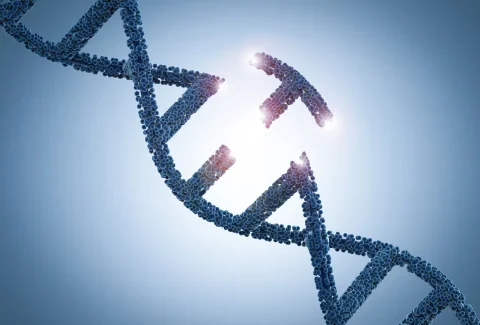Tracing the Journey of Food Products in the U.S
From Farm to Table with Blockchain: Tracing the Journey of Food Products in the U.S. for Enhanced Safety and Authenticity
The modern food supply chain is a complex web of producers, processors, distributors, and retailers. Ensuring the safety and authenticity of food products as they move through this chain is a paramount concern. Enter blockchain technology, a digital ledger system that promises transparency, traceability, and trust. This article delves into the transformative potential of blockchain in the U.S. food industry, highlighting its applications and real-world implementations.
Understanding Blockchain in the Food Supply Chain
Blockchain, at its core, is a decentralized digital ledger that records transactions across multiple computers. Each record, or “block,” is linked to the previous one, forming a chain. This ensures that once a transaction is recorded, it cannot be altered without altering all subsequent blocks, ensuring data integrity.
In the context of the food supply chain, blockchain can record every step a product takes, from its origin on a farm to its final destination on a consumer’s plate. This traceability is crucial for several reasons:
1. Safety: Quick identification and resolution of contamination issues.
2. Authenticity: Verification of product claims, such as organic or fair-trade certification.
3. Transparency: Providing consumers with a clear view of a product’s journey, fostering trust.
Blockchain in Action: U.S. Case Studies
1. Walmart’s Leafy Greens: Walmart, one of the largest retailers globally, has been at the forefront of integrating blockchain into its supply chain. The company now requires all suppliers of leafy green vegetables to input data into a blockchain platform. This initiative drastically reduced the time required to trace the source of food contamination from days to mere seconds.
2. Bumble Bee Foods’ Tuna Operations: Bumble Bee Foods uses blockchain to record its tuna operations, enhancing product traceability and deterring food fraud. Consumers can trace the journey of the tuna from catch to sale, ensuring its authenticity and ethical sourcing.
3. Nestlé’s Coffee Brand, Zoégas: Nestlé has adopted a blockchain approach to trace its Rainforest Alliance-certified coffee brand, Zoégas. This initiative provides consumers with insights into the coffee’s origin, ensuring its quality and ethical production.
Regulatory Push and Industry Adoption
The Food and Drug Administration (FDA) has recognized the potential of blockchain in enhancing food traceability. In 2020, the FDA proposed the “New Era of Smarter Food Safety Blueprint,” emphasizing the need for advanced traceability in the food sector. Blockchain is seen as a pivotal tool in this endeavor.
Major food companies, including Tyson Foods, Kraft Heinz, and others, are either already using or testing blockchain technology. These companies see blockchain as a means to improve traceability, deter fraud, and respond more effectively to contamination and foodborne illness incidents.
The Broader Implications
Beyond traceability, blockchain offers several other benefits to the food industry:
1. Smart Contracts: These are self-executing contracts with the agreement directly written into code lines. In the food industry, smart contracts can automate processes, ensuring that conditions (like temperature control during transport) are met.
2. Improved Data Security: Blockchain’s decentralized nature ensures that data is not stored in a single location, reducing the risk of hacks.
3. Supply Chain Efficiency: Real-time tracking can lead to more efficient inventory management, reducing waste.
4. Consumer Empowerment: With blockchain, consumers can access detailed information about the products they consume, from ingredients to ethical sourcing practices.
Blockchain technology holds the promise of revolutionizing the food industry by providing unparalleled transparency and traceability. As the U.S. food industry continues to adopt this technology, it moves closer to a future where every food product’s journey from farm to table is clear, trustworthy, and verifiable. This not only ensures the safety and authenticity of food products but also empowers consumers with knowledge and choice.
Looking for More Resources on ISO 22000?
If you found this article helpful, explore our premium resources designed to help you achieve ISO 22000 certification efficiently:
- 📦 Complete Documentation Package for ISO/IEC 22000 2018: Get all the essential templates and documents you need for fast, easy implementation.
- 🎓 Online Course on ISO/IEC 22000 2018 : Enroll in our comprehensive training to master the key concepts and practical steps toward certification.
- 📋 ISO/IEC 22000 2018 Checklist: Download our detailed checklist to ensure you’ve covered every step of the process.
These resources are tailored to meet your needs and ensure a smooth certification journey. Explore them today and get one step closer to success!

















